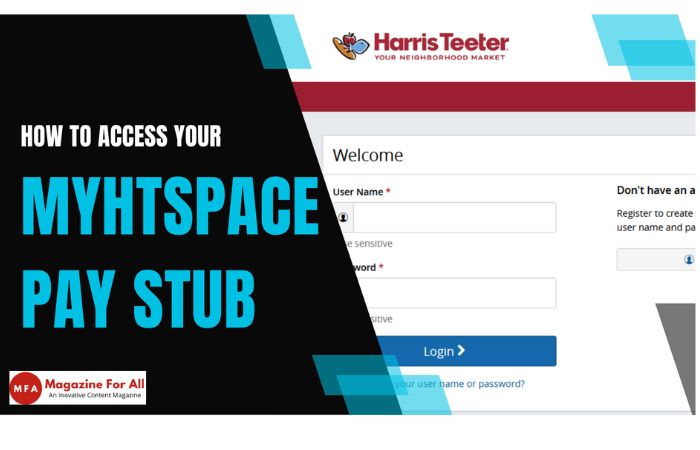In today’s highly competitive business landscape, generating quality leads is essential for driving growth and increasing revenue. Effective lead generation can help businesses establish relationships with potential customers, increase brand awareness, and drive sales and revenue.
Table of Contents
What is Lead Generation?
Lead generation identifies and nurtures potential customers for a business’s products or services. It involves gathering information about potential customers and engaging with them through various channels to build relationships and encourage them to take action. Lead generation can take many forms, including:
- Inbound marketing: Attracting potential customers through content marketing, search engine optimization (SEO), and social media marketing.
- Outbound marketing: Reaching potential customers through email marketing, telemarketing, and direct mail.
- Referral marketing: Encouraging current customers to refer their friends and family to the business.
Lead generation aims to move potential customers through the sales funnel and ultimately convert them into paying customers.
Common Lead Generation Channels
There are many channels that businesses can use for lead generation. Here are some of the most common:
- Social media: Platforms like Facebook, LinkedIn, and Twitter provide a powerful channel for businesses to reach potential customers and build relationships with them.
- Email marketing: Email marketing allows businesses to communicate directly with potential customers, providing them with targeted messaging and offers.
- Content marketing: Developing high-quality content that provides value to potential customers can help attract and engage them, increasing the chances of conversion.
- Pay-per-click advertising: It involves placing ads on search engine results pages and paying whenever a user clicks on the ad.
- SEO: Search engine optimization (SEO) involves optimizing a site to rank higher in search results, making it easier for potential customers to find.
Outsourcing Lead Generation
Outsourcing lead generation has become popular for businesses looking to increase their revenue and grow their customer base. One of the most common ways to outsource lead generation is through telemarketing services. Telemarketing companies specialize in making outbound calls to potential customers, providing businesses with a steady stream of qualified leads.
Here are some pros and cons of outsourcing lead generation:
Pros:
- Access to expertise: Third-party providers often have expertise in lead generation and can provide valuable insights and strategies.
- Cost savings: Outsourcing lead generation can be more cost-effective than hiring and training in-house staff. Scalability: Outsourcing lead generation allows businesses to scale their efforts up or down as needed, depending on business needs.
- Enriching customer data: Lead generation providers can also offer the benefit of enriching customer data by gathering additional from third parties, such as preferences and purchase history
- Scalability: Outsourcing lead generation allows businesses to scale their efforts up or down as needed, depending on business needs.
Cons:
- Loss of control: Outsourcing lead generation means businesses have less control over the process and the quality of the leads generated.
- Security concerns: Outsourcing lead generation involves sharing sensitive customer information with third-party providers, which can raise security concerns.
- Lack of alignment: Third-party providers may not have the same level of alignment with the business’s goals and objectives, which can lead to issues with communication and performance.
Outbound call centers are another popular option for outsourcing lead generation. Outbound call center services typically involve making calls to a list of potential customers and engaging them in conversation about the products or services the business offers. Outbound call center agents are trained to communicate effectively with potential customers and generate leads more likely to convert into paying customers.
Conclusion
Lead generation is a critical aspect of digital marketing that can drive business growth and increase revenue. Measuring the success of lead generation efforts is crucial for making data-driven decisions and optimizing performance. While outsourcing lead generation can offer benefits like cost savings and access to expertise, it is important to consider the potential drawbacks, such as loss of control and security concerns. By understanding lead generation’s benefits and best practices, businesses can make informed decisions and achieve their growth objectives.
Related Post: How Is Test Data Management Beneficial?
































































